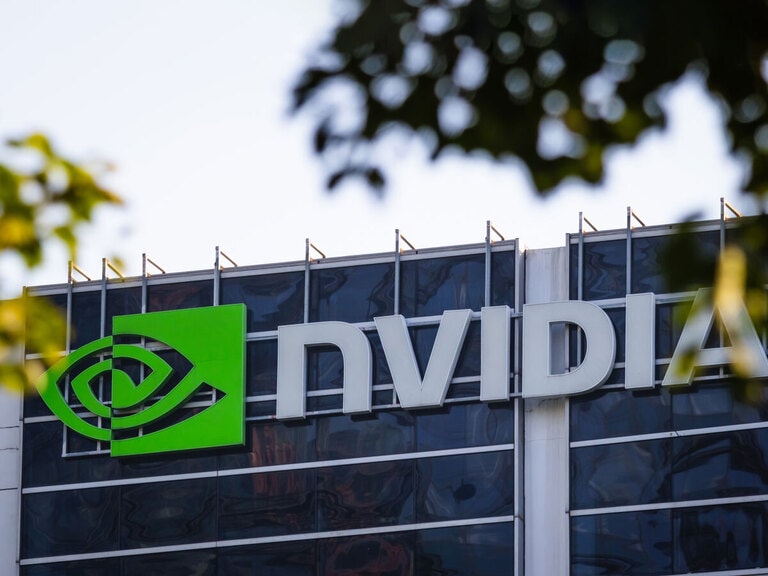Barclays’ share price dropped after its full-year 2022 results missed expectations. Money earned from investment fees fell dramatically, and the bank was forced to pay expensive litigation charges over a trading blunder. However, now the dust has settled, what does the investment case look like for the bank?
Barclays’ share price fell more than 10% in Wednesday morning trading after a bitterly disappointing earnings announcement, sending the bank to the bottom of the FTSE 100. Precipitating the drop was a plunge in fee income for its investment banking business.
Full-year pre-tax profit fell 14% to £7bn, including a hefty £1.2bn impairment charge as customers struggle with the mounting cost of living. Net profits slid 15% to £5.09bn. Piling on the pressure was a trading blunder that led to the over-issuance of securities in the U.S. This resulted in Barclays stumping up £1.6 billion in litigation and conduct charges throughout 2022, up from £397m the previous year.
On a positive note, income was up 14% year-on-year to £25bn for the full year, reflecting growth across departments, including consumers, cards and payments. Net Interest Margin (NIM) was up 34bps year-on-year to 2.86%.
Barclays’ share price hit by investment fee decline
Barclays is one of the world’s largest investment banks, so the slump markets experienced in 2022 was always likely to impact the trading side of the business. In the end, investment fees slid 39% year-on-year to £2.2bn. The bank also cut its bonus pool in half following a series of regulatory and compliance-related mishaps last year.
Yet there are some reasons for optimism in the results. Barclays hit a double-digit Return on Tangible Equity (RoTE) across all three of its operating businesses. Barclays UK, the bank’s business and retail banking arm, had a RoTE of 18.7%, while Consumer Cards & Payments and Corporate & Investment Banking were 10% and 10.2%, respectively. For the full year 2023, Barclays is aiming for a RoTE greater than 10%. NIM is expected to increase by over 3%.
This investment case for Barclays is still the same as it was before the publication of the results. Unlike its competitors, Barclays is less resilient on interest income thanks to its diversified business model, with a substantial bulk in earnings coming from the investment business. This has helped the stock remain resilient during the past few years of ultra-low interest rates and the pandemic.
The decision for investors is whether the disappointing results are a one-off or not. The bank is well capitalised with a CET1 ratio of 13.9%. It also announced a £500m share buyback scheme in Q1 2023 and a 7.5p dividend for 2022, both of which could allay investor concerns. Yet a significant recession could, of course, result in some more volatility in Barclays' share price.
Barclays' blunder in the US - and subsequent litigation costs - is worrying, and other similar mess-ups are unlikely to do the bank any favours with its shareholders. A recently announced probe announced by the regulator last week into Barclays' anti-money laundering controls is not a good look.
Where next for Barclays’ share price
Barclays’ share price slid 6.6% last week following the publication of the results. The fallout was felt on both Lloyds [LLOY] and Natwest’s [NWG] share prices - down 4.5% and 6.5%, respectively, for the week.
The downturn in the stock reverses the upward momentum experienced since the start of the year. Year-to-date, Barclays’ shares are up over 9% and had been up over 18% the day before the publication of the results. This reflects a rise in the fortunes of UK banking stocks as a combination of rising interest rates and hopes that a recession won’t be as bad as once feared. Barclays’ disappointing results could dampen investor enthusiasm for the wider sector. How its rivals perform this earnings season will be key to understanding the bigger picture
Of the 17 analysts polled on the Financial Times, Barclays carries a median 12-month price target of 240p. Hitting this would see a 38.3% upside on Friday’s close of 173.5p.
Continue reading for FREE
- Includes free newsletter updates, unsubscribe anytime. Privacy policy





